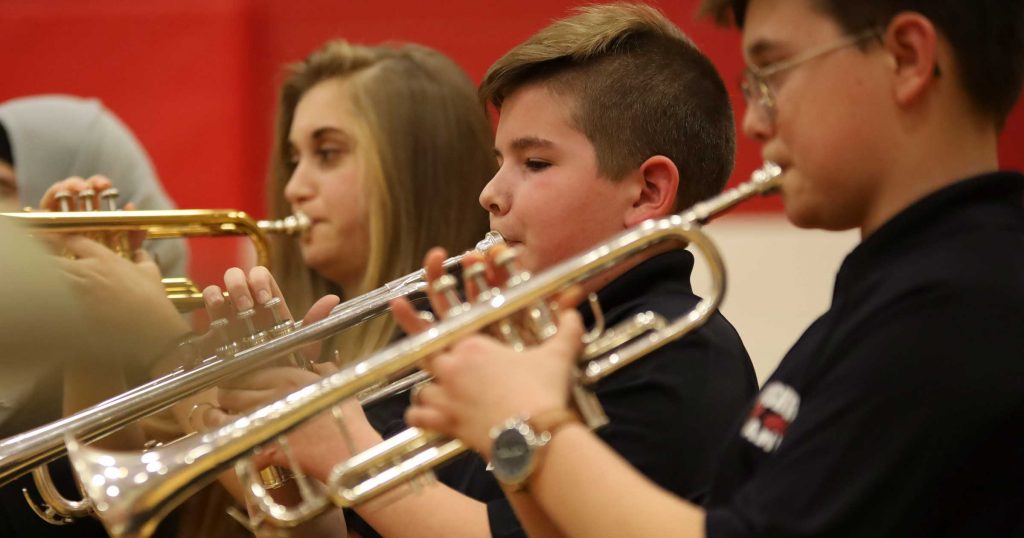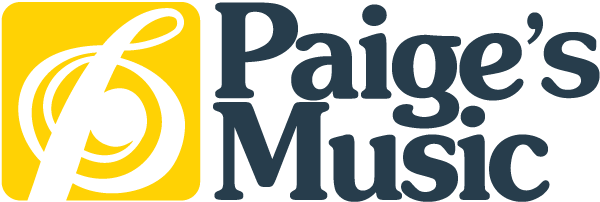The Case Against Beginner Buzzing

To start with, this is not an anti-buzzing campaign. Over my years of working with students whether it be privately, in group settings, or even observing other teachers working with them I have come to a conclusion: I think having your beginning trumpet players mouthpiece buzz is harmful to their development. Here’s why.
When playing the trumpet there is resistance built in to the instrument to help students and professionals alike. The mouthpiece has no resistance! This leads young students who are desperate to succeed and get a sound like their teacher is producing to do ANYTHING they can think of to get a sound. This frequently means squeezing their lips together as tight as possible, or trying to control the resistance by unknowingly putting their tongue in the way of the air stream.
Think about it. You have approximately four feet of tubing that gets coiled up and tapered and it all begins with this cup shape that funnels down to a small hole. When your lips contact the mouthpiece in the trumpet, you have something to blow against and the instrument has the overtone series to help lock in the two most common beginning pitches of C and G (Non concert). Whereas the very short length of the mouthpiece has resistance from its length and no overtone series to help them out. They are all on their own! When we begin students solely on the mouthpiece for weeks before they use the trumpet we are setting them up for a rough time of figuring out how to not squeeze.
Buzzing is a great tool for students to use once they have gotten the hang of producing sound that is not pinched. It helps develop their ear and can help encourage good air flow. There are even tools that simulate resistance while still allowing you to buzz the mouthpiece such as the BERP. Instead of beginning with buzzing right away, consider having younger students begin by just getting some sound out of the whole instrument. That’s why there are there and most excited about! Once they can produce a reliable, unforced sound then buzzing can be introduced later.
Any thoughts or comments are welcome. As always, I would love to engage in productive discussion about how to make beginning trumpet players lives easier and more successful!

No Comments